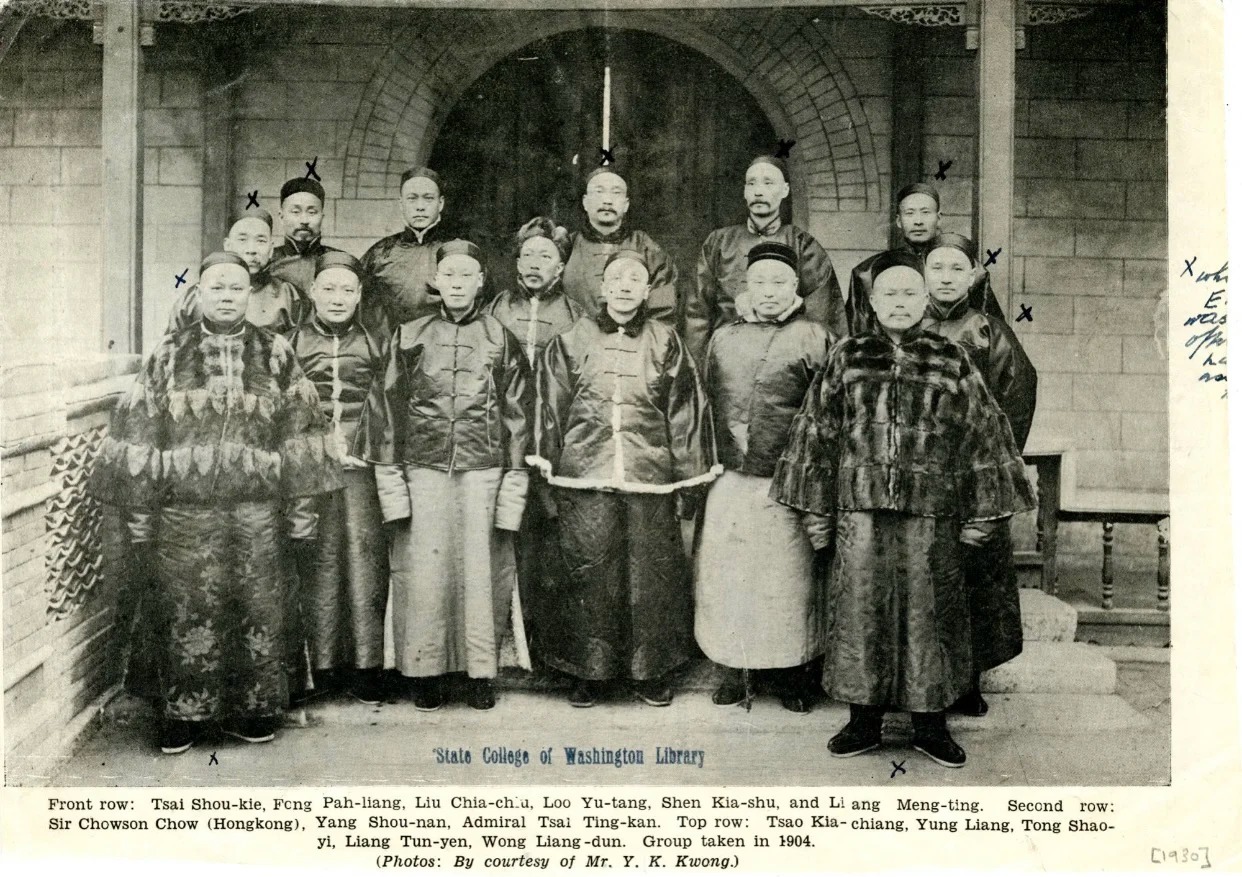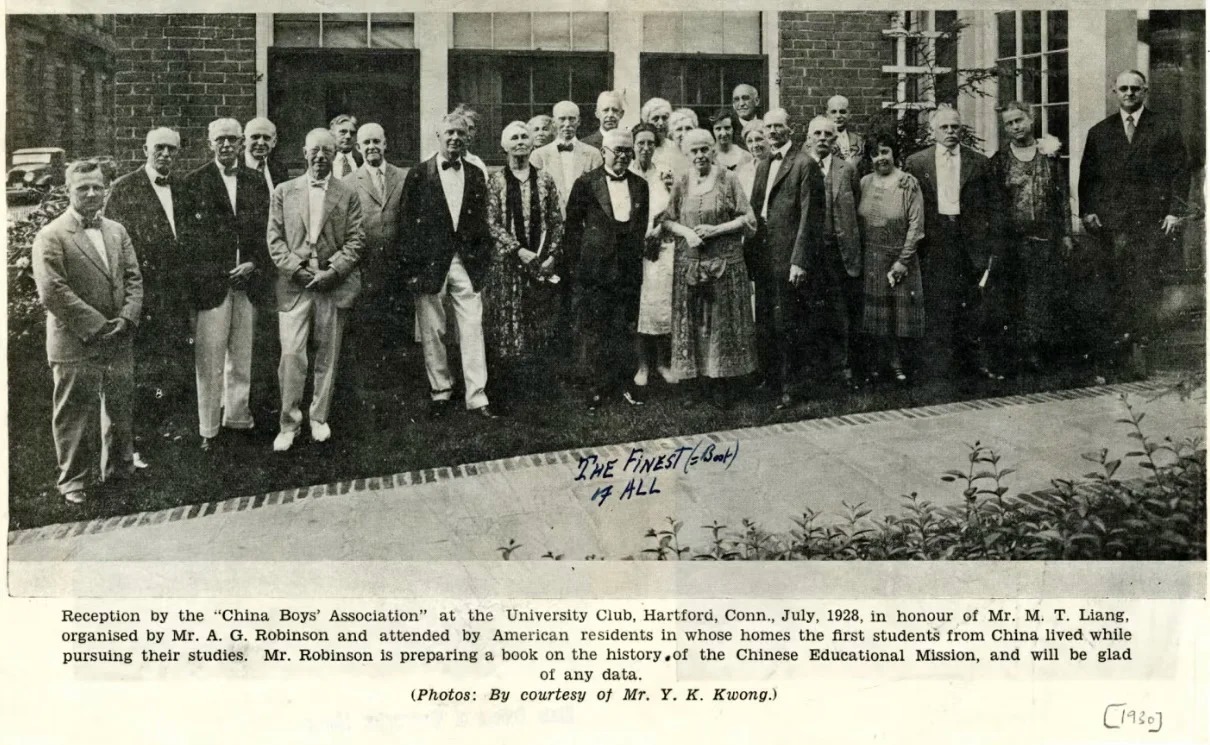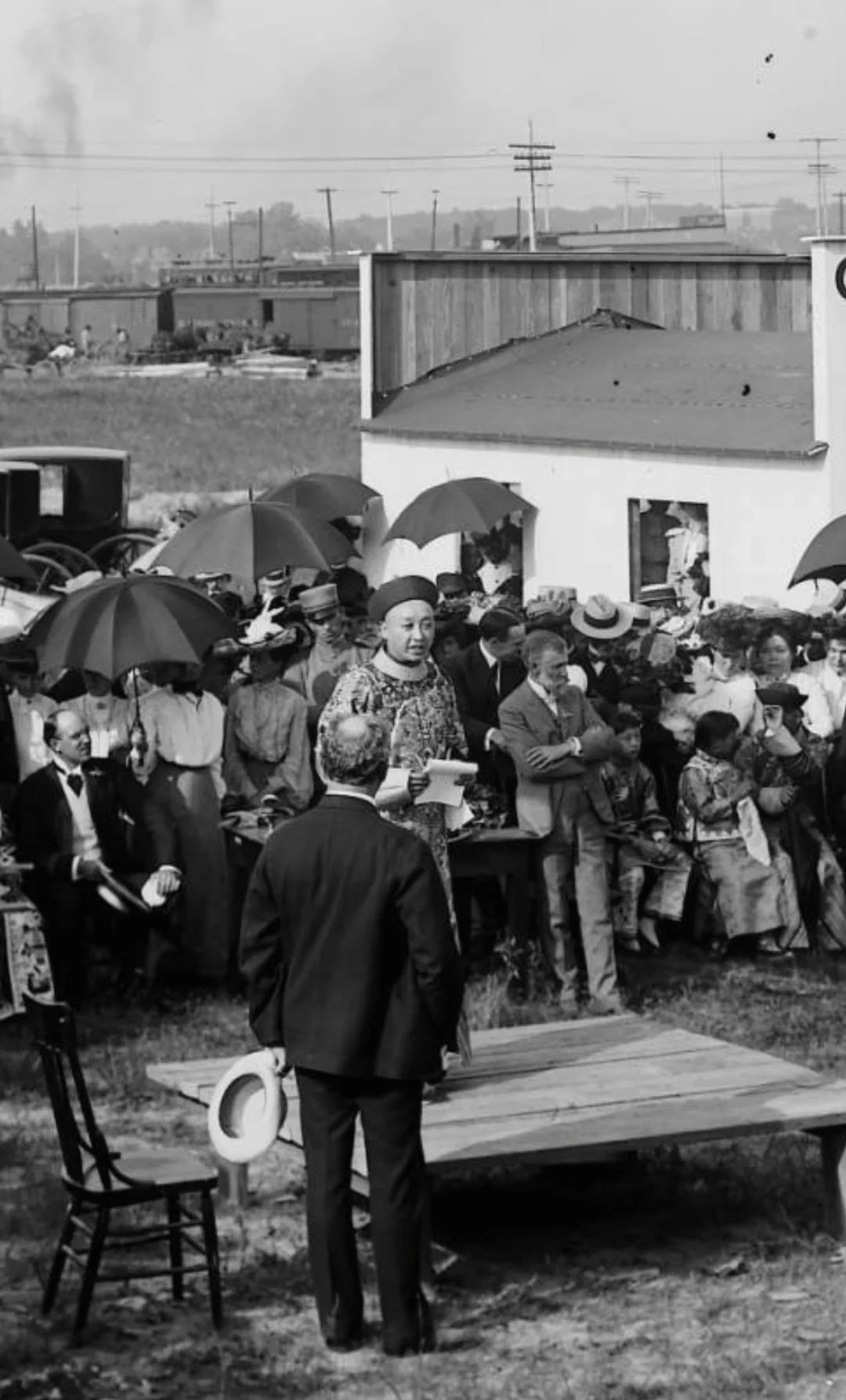The Legacy of the Wuyi Overseas Student Movement: Pioneers of Modernization
China has long been recognized as a cradle of civilization and a center of intellectual and cultural diffusion across Asia. For over a millennium, its philosophical traditions—most notably Confucianism—shaped governance, ethics, and education systems in Korea, Japan, and Vietnam. The imperial examination system, which emphasized merit-based selection of officials, was among the earliest forms of institutionalized learning in the world.
However, by the late Qing Dynasty, China found itself at a crossroads. While Europe surged ahead during the Industrial Revolution, China remained tethered to traditional structures and methods of governance. This divergence left China vulnerable to foreign encroachment, military defeats, and internal instability. In response to these challenges, Chinese reformers proposed a radical solution: sending young men abroad to acquire the scientific, technological, and administrative knowledge that had propelled Western nations to global prominence.
At the heart of this educational transformation were the students from the Wuyi region—sons of Taishan, Xinhui, Kaiping, Heshan, and Enping. These young men would become part of the first and second generations of Chinese overseas students, playing a quiet but crucial role in shaping modern China.
The First Wave: America and the Birth of Chinese Overseas Education

The first organized effort to send Chinese students abroad came in 1872 under the leadership of Yung Wing (Rong Hong), the first Chinese graduate of Yale University. With the support of reform-minded officials like Li Hongzhang, the Qing government launched the Chinese Educational Mission (CEM), sending 120 boys to the United States between 1872 and 1875.
These students, aged between 10 and 16, were selected from various regions of China, including a significant number from Wuyi. According to historical records, ten of the 120 students hailed from the Wuyi area, representing four of the five counties. They studied subjects ranging from engineering and mining to mechanical arts and medicine, adapting to American life while carrying the weight of national expectations.
Among them was Kwong Yung Kwong (Kuang Rongguang) from Taishan, who later contributed to the development of China’s coal industry, and Wen Bingzhong (Wen Bingchung) , also from Taishan, who specialized in technical crafts. Though the mission was prematurely recalled in 1881 due to political opposition in Beijing, many of these students returned with valuable skills that they applied to China’s modernization efforts.
The Second Generation: A Global Expansion of Learning

By the early 20th century, a new wave of Chinese students began traveling abroad, marking what historians refer to as the second generation of overseas learners. Unlike the earlier cohort, who primarily went to the United States, this group expanded their horizons to include Britain, Japan, Australia, and even Mexico.
The Wuyi overseas student legacy continued strongly in this era. Records indicate that between 1900 and 1911, more than twenty Wuyi-born students pursued higher education overseas. Their fields of study reflected the growing diversity of China’s developmental needs: law, medicine, aviation, engineering, and education.
Notable among them was Feng Ru (Fung Yew) of Enping, who became known as the “Father of Chinese Aviation.” After studying mechanical engineering in the United States, he returned to China and built the country’s first domestically designed airplane. Another key figure was Sitou Mengyan (Situ Mengyen) of Kaiping, who played a pivotal role in designing China’s first shallow-draft steamship capable of navigating the upper Yangtze River, as well as the nation’s first 10,000-ton ocean liner.
Other Wuyi scholars made lasting contributions in different domains:
- Li Tiefu (Lee Tie-Fu) of Heshan introduced Western painting techniques to China, becoming one of the country’s earliest oil painters.
- Wu Guangjian (Ng Kuong-Kin) of Xinhui translated major works of Western literature into Chinese, including The Three Musketeers and David Copperfield , thereby enriching China’s literary landscape.
- Li Zhaoheng (Lee Chiu-Heng) of Heshan brought modern pedagogical methods back to China after studying education at Stanford University, helping to shape the next generation of Chinese teachers.
These individuals exemplified the broader purpose of overseas education: not merely personal advancement, but the collective upliftment of the nation.
Why Wuyi? The Region’s Unique Role in Overseas Learning

The prominence of Wuyi in the overseas student movement was not accidental. As a historically migratory region, Wuyi had long maintained strong ties with overseas Chinese communities, particularly in North America and Southeast Asia. Families in Wuyi were accustomed to sending sons abroad—not only for economic opportunity but also for exposure to new ideas and experiences.
This outward-looking mindset positioned Wuyi as a natural contributor to China’s educational reforms. Many families pooled resources to fund their children’s studies overseas, believing that education was the most enduring form of wealth. Furthermore, the presence of returning students created a feedback loop—those who came back shared their knowledge, inspiring future generations to follow in their footsteps.
In this way, Wuyi became not just a participant in the national story of modernization, but a vital node in the global network of Chinese learning and innovation.
The Enduring Impact of the Wuyi Overseas Student Legacy
The Wuyi overseas student legacy represents more than just individual success stories—it is a testament to a community’s commitment to progress, resilience, and cultural continuity. These students helped lay the foundations for modern infrastructure, legal systems, medical practices, and artistic expressions in China.
Today, as Wuyi descendants live across the globe—from San Francisco to Sydney, from Toronto to Singapore—their legacy continues to inspire. By documenting and celebrating these journeys, we honor the past and ensure that the spirit of learning and leadership remains alive for future generations.
Frequently Asked Questions (FAQ)
The Wuyi overseas students refer to young men from the Wuyi region—particularly Taishan, Xinhui, Kaiping, Heshan, and Enping—who were among the first Chinese students sent abroad by the Qing government in the late 19th and early 20th centuries. Many studied in the United States, Britain, Japan, and other countries to acquire modern knowledge in science, engineering, law, and the arts.
As Western powers industrialized rapidly, China found itself falling behind technologically and militarily. In response, reformers like Yung Wing proposed sending young scholars abroad to learn Western sciences, engineering, and governance, so they could return and help modernize China. This effort became known as the Chinese Educational Mission.
During the first wave of the Chinese Educational Mission (1872–1875), ten out of the 120 boys sent to the United States hailed from the Wuyi region. These students studied subjects such as mining, engineering, and technical arts, contributing significantly upon their return.
Upon returning home, the Wuyi overseas students played crucial roles in building China’s modern infrastructure, including railways, telegraph lines, mines, and navy. Some later served as diplomats, educators, and political leaders. Their contributions laid the foundation for China’s modernization efforts.
No. The Chinese Educational Mission was prematurely recalled in 1881 due to political opposition in Beijing. As a result, many students returned before completing their degrees. However, they still brought back valuable skills and experiences that benefited the country.
Yes. Notable alumni include:
- Feng Ru, the “Father of Chinese Aviation”
- Sitou Mengyan, designer of China’s first shallow-draft river steamship
- Li Tiefu, one of China’s earliest oil painters
- Wu Guangjian, a renowned translator of Western literature
These individuals exemplify the Wuyi overseas student legacy of learning, innovation, and service.
Wuyi has long been a hub for overseas migration and cultural exchange. Families in Wuyi were accustomed to sending sons abroad—not only for economic opportunity but also for education and exposure to new ideas. This outward-looking mindset made Wuyi a natural contributor to China’s educational reforms.
Historical records, photographs, and personal accounts are preserved in institutions such as:
- St. Louis Public Museum (USA)
- Washington State University Archives
- Tsinghua University Library
- Wuyi Heritage Museums in Guangdong Province
Additionally, digital archives and heritage blogs continue to document and celebrate the Wuyi overseas student legacy.
Absolutely. Many descendants of these pioneering students live around the world today. Their families carry forward the values of hard work, education, and global engagement—key traits embodied by the original Wuyi overseas students.
You can help preserve the Wuyi overseas student legacy by:
- Sharing family stories and photos
- Supporting local museums and heritage projects
- Educating younger generations about their roots
- Participating in cultural events and exhibitions
Every contribution helps keep this important chapter of history alive.
Steven
Roots of China was born from my passion for sharing the beauty and stories of Chinese culture with the world. When I settled in Kaiping, Guangdong—a place alive with ancestral legacies and the iconic Diaolou towers—I found myself immersed in stories of migration, resilience, and heritage. Roots of China grew from my own quest to reconnect with heritage into a mission to celebrate Chinese culture. From artisans’ stories and migration histories to timeless crafts, each piece we share brings our heritage to life. Join me at Roots of China, where every story told, every craft preserved, and every legacy uncovered draws us closer to our roots. Let’s celebrate the heritage that connects us all.



